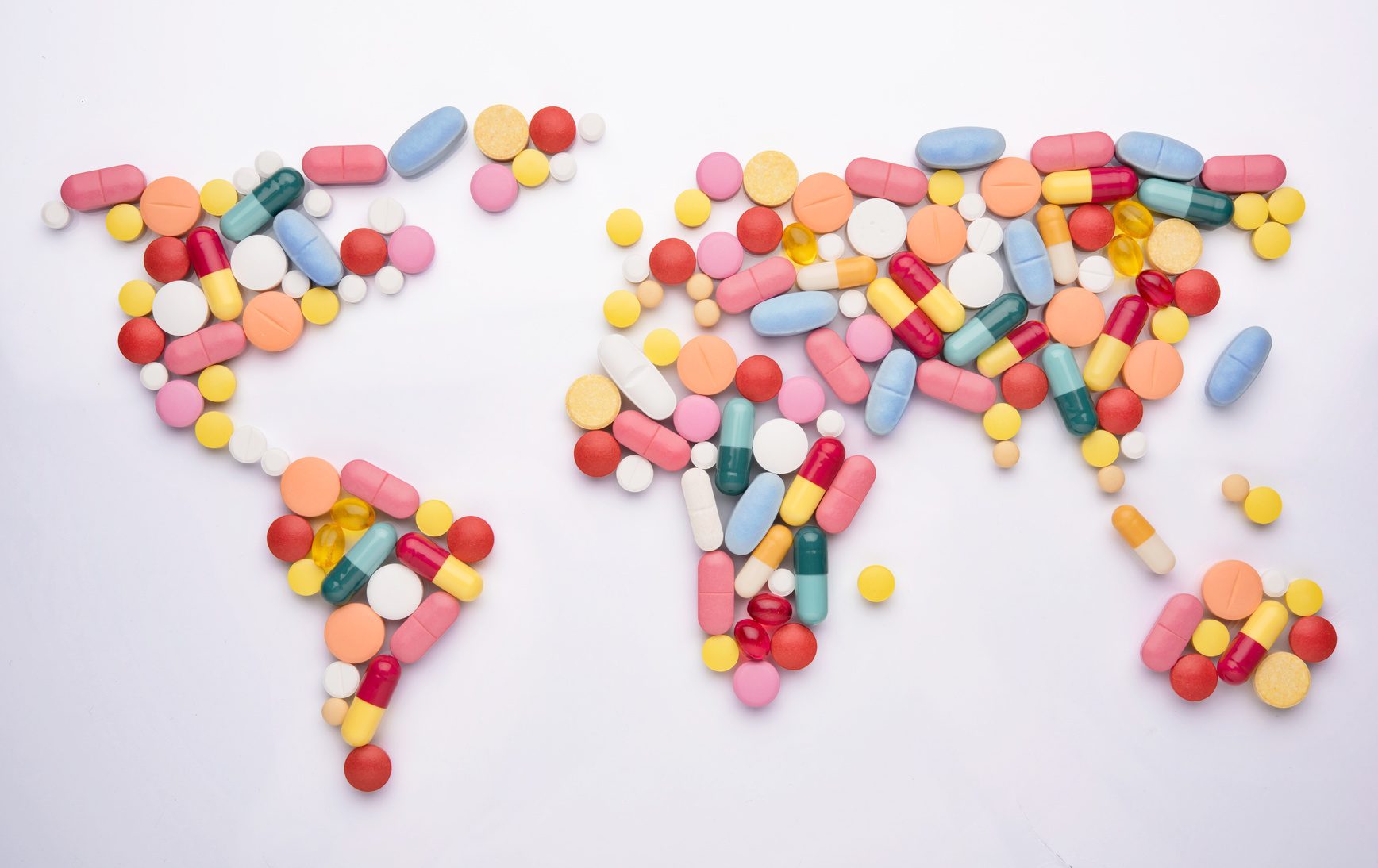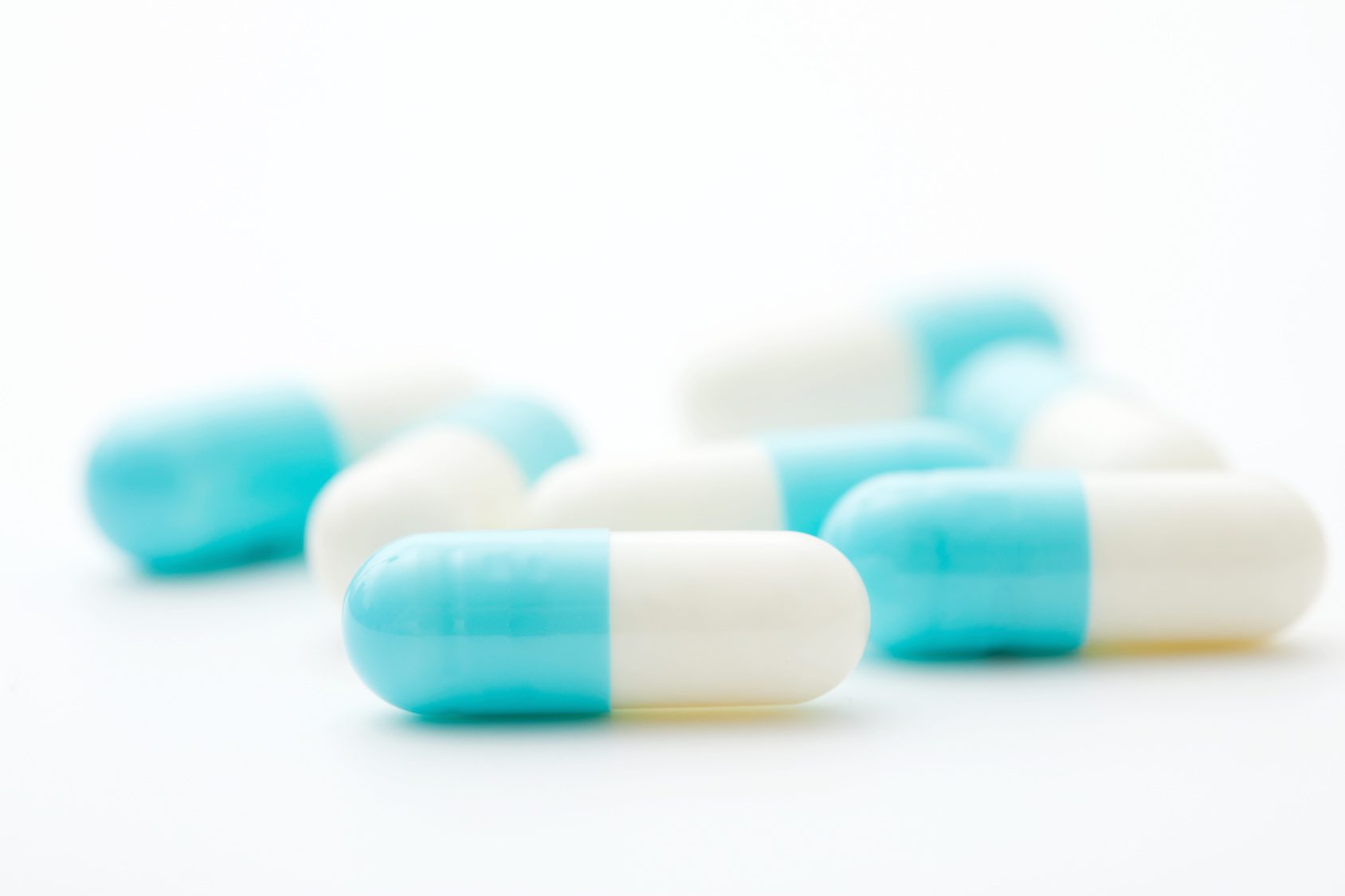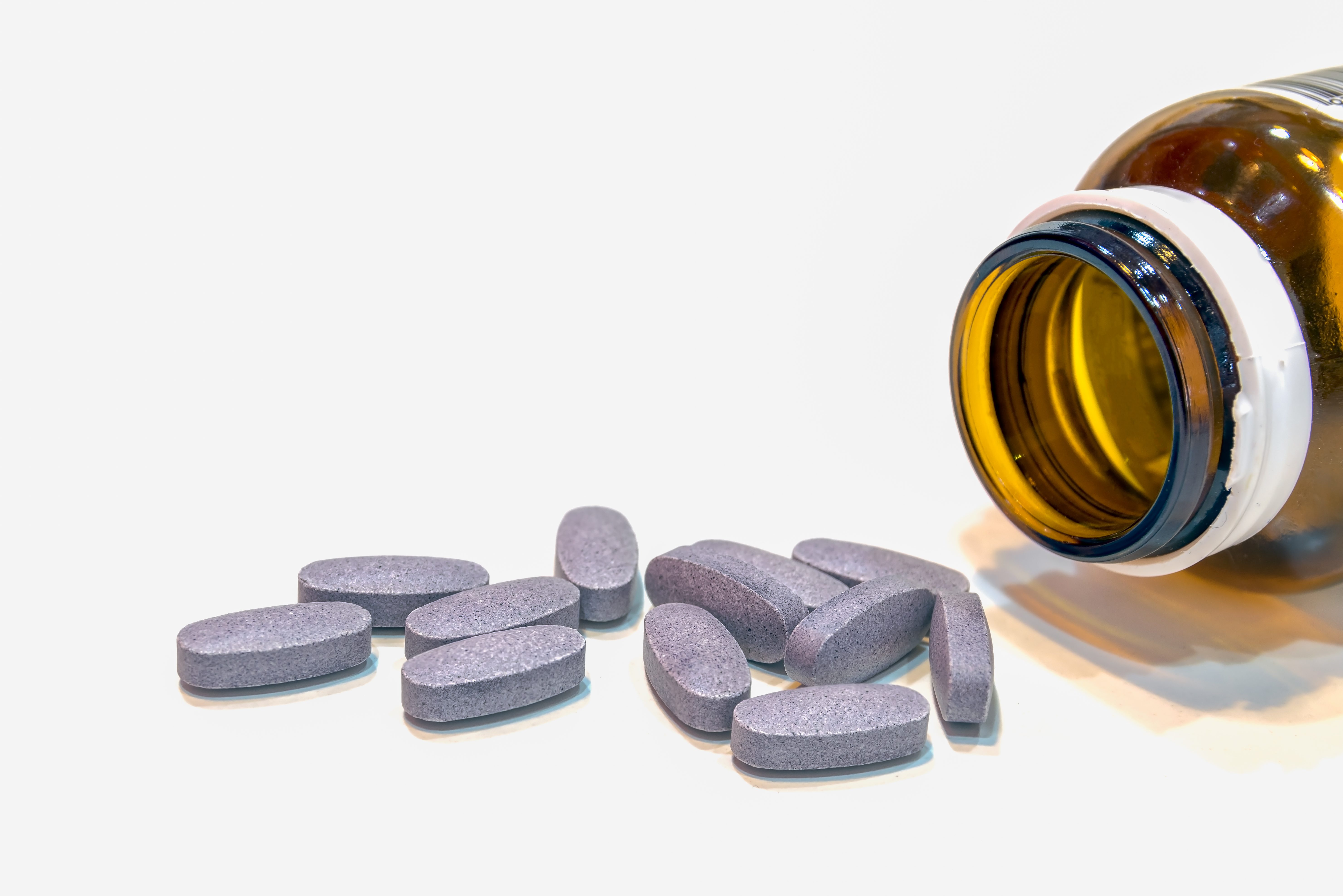361views
Initially considered to be exclusively a tool for common people to connect with friends and share their private pictures, social media platforms have now gained the status of a potent communication channel eagerly used by companies across the world. While the expansion of social media is influencing the way businesses are conducted today, pharma and healthcare industry has been somewhat slow and reluctant to use it to its fullest potential.
By 2012, Facebook user base crossed 1 billion mark, increasing by 200 times since 2005, while Twitter recorded tremendous growth, reporting 200 million active users sharing 400 million tweets per day. While some industries such as consumer goods, retail, and hospitality have been benefitting from engaging with their customers through a range of social media platforms, other sectors, including pharma and healthcare, have been slow to join the ‘social crowd’.
Points of concern
There is a reason why healthcare-related sectors were late on the social media map. Creating an open platform for communication on health and drugs aspects, raises a range of concerns: the FDA regulations, patient confidentiality, cyber security, unavoidable off-label use discussions, uncontrolled negative comments, and risks of providing wrong medical advice that could lead to lawsuits. The FDA in particular, plays an important role here, through its Division of Drug Marketing, Advertising and Communications (DDMAC), which lays out the rules of the content that can and cannot be communicated, what content must be included and the manner in which the communication must occur. The fears associated with social media activity monitoring by the FDA, typically originate from three problems:
-
Lack of clarity and formal guidelines – in 2011, the FDA published draft guidelines, and it is yet to develop definitive rules on social media policy. The FDA is acting slow, and there is no clarity on dos and don’ts for social media engagement, yet the authority regularly scans the social space to monitor risky communication, while pharma companies find the rules of the game ambiguous
-
User-initiated off-label use discussions – a common issue in pharma social media platforms is user questions and discussions on off-label use of drugs, i.e. using a drug in a different way than described in the approved drug label or leaflet. This is considered unsolicited content and companies must respond and correct such a content occurring in public forum as these discussions might encourage dangerous experiments with drugs by patients or might be confused with recommended and approved use of a drug
-
Adverse event reporting obligation – the FDA obliged pharma companies to immediately report any adverse drug effect or reaction they learn about. Social media give platform for large numbers of patients to share their experience with adverse drugs effects, and the companies are afraid they will have to report it, which may cause investigations, bad press, and might lead drug being banned from sale
Similar fears are faced by non-US pharma companies too, as the FDA’s local counterpart authorities introduce similar regulations on communication via social media, which at times can be even stricter than the American ones.
Game worth the candle
Ignoring the risks by pharma companies can unfold a range of undesirable scenarios, a fact that has kept many drug makers hesitant of engaging in social media for quite some time. But this does not mean that pharma and healthcare organizations are still not present in social media at all. To the contrary, pharma companies, healthcare providers, device manufacturers, and health insurers have started to listen and engage with users through social platforms, though many of them still do it cautiously and have still not been able to unlock the social media’s full potential. These players have started to understand that with careful moves, the benefits will outweigh the risks:
-
generate engagement and discussion around health issues, which contributes to the positive reputation and brand image, and obviously – increase sales,
-
get quick, cheap, first-hand information on drugs’ effects on a large scale, which brings valuable insights that are not available from regular clinical trials whose scale is always smaller,
-
gather information invaluable in building marketing strategies, including pointers on price perceptions, drug availability as well as patients’ opinions about competitors’ drugs.
|
Who’s doing it?
Though it was estimated that in 2011, 90% of the pharmaceutical industry was still inactive on social media, currently, this has changed (though today’s participation share is unknown). Several pharma-sponsored communities are now active across Facebook, Twitter, YouTube, Google Plus, on one or multiple platforms, with a differing level of interactivity and different weight being put on inbound versus outbound marketing. Some of the examples include:
-
Roche’s Accu-Check Diabetes Link, a diabetes-support community with information, discussions, and blogs
-
GSK’s Alli Circles well-being, weight loss, and health community
-
Novartis’ CV Voice for cystic fibrosis patients and Chronic Myelogenous Leukemia own community-based site CML Earth
-
Pfizer’s community ‘getold.com’ targeting the expanding elderly group of the American population
-
Sanofi US’ Diabetes support community
-
Soon-to-be-launched Boehringer Ingelheim’s Facebook-based game, where players create and operate their own pharmaceutical firm, and discover imaginary medicines through virtual laboratory
|
Getting it right
It appears that the healthcare industry is finally attempting to catch up on the social media revolution in spite of a slow start. From primarily information dissemination, it is now moving towards real time engagement between physicians, patients, and other stakeholders. Soon, developing a social media policy will no longer be an option for pharma companies. But this should not be seen as a burden, but rather as an immense opportunity for the pharmaceutical companies to develop trust, build brand image, and impart health education. Drug makers that want to be successful on their social media path should consider 6 basic rules of online presence for pharma companies:
-
Take your risks seriously – social media engagements, especially in pharma domain, always raise privacy, legal, and confidentiality concerns among the participants and monitoring bodies. Extra cautiousness in operating online communities is of utmost importance, including constant monitoring of the content being added by individual users and patients. Social platforms also pose risk of incorrect drug information or unfair accusations that might damage your image, but it can be flipped to an advantage, using the platform to quickly clarify and avert unwanted comments, provided that you have a dedicated, competent staff handling your social media
-
Control your speakers – given the high risks and ambiguity of formal guidelines, there is a need for internal policy or guideline book listing dos and don’ts for online communication, content approval process, crisis management practice, confidential information sharing policy for employees running social platforms on behalf of the company
-
Know your target audience – the social media pharma-related content must stay relevant and target focused groups to have the right impact. Patients with a particular disease or ailment look for relevant, detailed information, and they typically already know quite a bit about the problem. Expertise must be shown along with dedication to creating high quality content, that is useful, new, and (ideally) entertaining
-
Get the objective right – social media is not another advertising board. The primary aim of the social media presence is to generate engagement as well as share and manage knowledge by facilitating interaction and discussions. This must take precedence over advertising
-
Be transparent – transparency is always appreciated by consumers and patients. The link with the company must be clear, users working for the company must disclose their affiliation, and negative comments, unless unjustified or vulgar, cannot be censored
-
Understand that social media are not a lone island – social media activity and content must be aligned with overall marketing strategy and be used cohesively with all other marketing channels, ideally to complement each other. Social media cannot become a neglected child of the marketing department in a long run, it must be maintained actively and linked to other marketing efforts whenever possible (e.g. to disseminate important announcement teasers, generating traffic to blog entries, or provide interactive content as part of larger marketing campaign including traditional media)
Social media engagements by drug makers might seem only as a nice publicity stunt, but it is so much more than that. Pharma companies, as most players across many industries, finally started to realize that listening and engaging with conversation with the customer pays off in many aspects. Just as was the case in consumer goods or retail sectors, social media will continue to change the pharma industry on a large scale. Players who want to matter, should not allow themselves to stay behind, even considering the risks involved.









